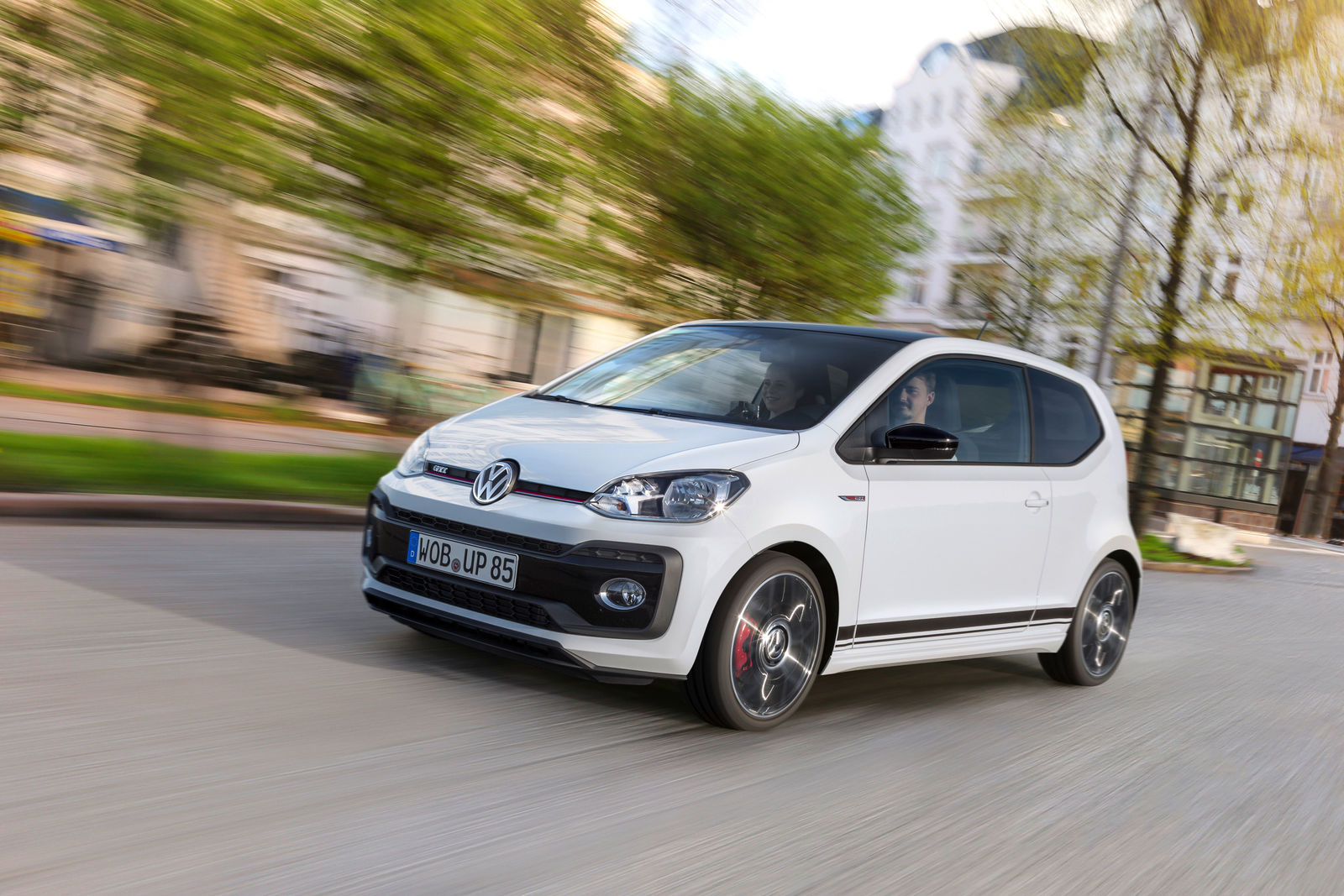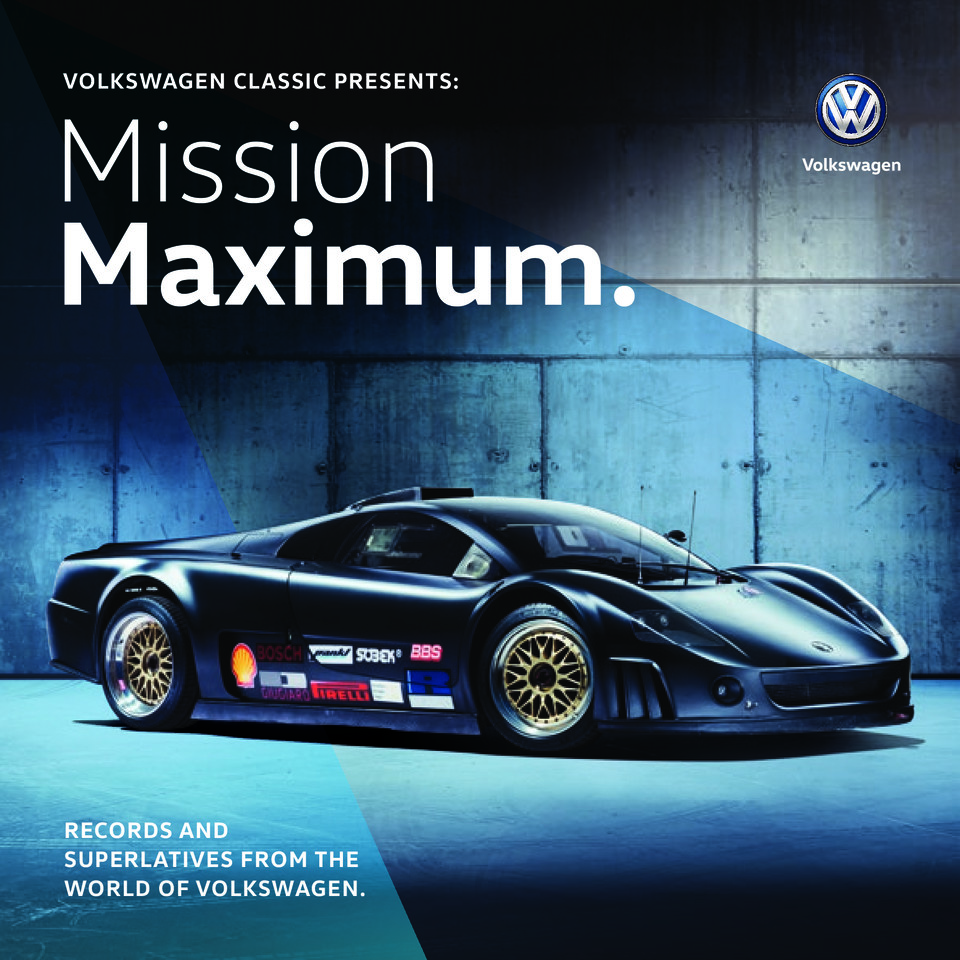At the time, it became the smallest member of a new, modern model range alongside the Passat, Scirocco, and Golf. From a technical perspective, the small car was based on the Audi 50, which had been available since October 1974; the two cars were identical in design, with the exception of a few parts. The high-revving 0.9-litre engine also came from the Audi factory in Ingolstadt. Providing 29 kW (40 PS), it powered the Polo (which weighed just 685 kilogrammes) to speeds of up to 132 km/h. The three-door small car offered a range of equipment that was well-crafted, but had been reduced to the most necessary items to allow the vehicle to be sold at an affordable price. The Polo N was the entry-level version, available from DM 7,500, while the Polo L was available for an additional DM 510. The superior “L” equipment included a two-stage heater blower, intermittent windscreen wipers, and carpet. In 1976, 37 kW and 44 kW (50 PS and 60 PS) engines were added to the range, and a model update provided a more modern look. In 1977, the Derby notchback saloon was launched as an additional body variant. The Polo GT arrived in 1979, offering a sporty look. Customers looking to reduce their fuel consumption could opt for the 1981 Polo Formel E, which included fuel-saving technology. 1.1 MILLION TOTAL PRODUCTION WORLDWIDE DERBY I, 1977 Saloon with notchback, the first derivative of the Polo POLO I, 1979 Model update with more voluminous plastic bumpers and plastic radiator grille “Polo. A short car makes a big impression.” POLO I ADVERT, 1975 4 5 LESS IS MORE 50 YEARS OF POLO GENERATION I AUDI OR VOLKSWAGEN? The differences are marginal, only the roof rounding at the sides was different. SPIRITUAL TWINS The Audi 50 and the Volkswagen Polo not only have many things in common on the outside. MODERN LAYOUT A compact all-in-one solution with clean lines and a wide-opening boot lid. The early seventies were a turbulent time for the Wolfsburg-based car manufacturer.







